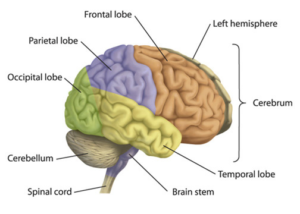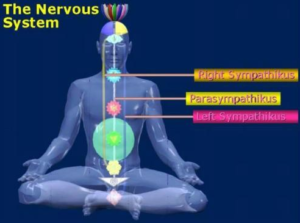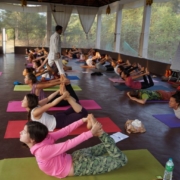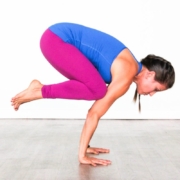Nervous System
The nervous system is the body’s prime communication and coordination network which is very vast and complex.
Functions of Nervous System are:
1)To Take and store the knowledge or experience.- through sensation and perception.
2)Thinking.
3)Responding to the environment-through emotion and physical activity.
4)Regulation or controlling body activities-through nerve impulses.
This system comprises of three components : the central nervous sytem, peripheral nervous system and the autonomous nervous system.
The central nervous sytem comprises of the Brain and the spinal cord.
Brain
is Pinkish-grey mass which is moist rubbery to touch, size of a soft ball
Brain has Three main parts-
1)Forebrain- it comprises of Lobes – Basal ganglia – Thalamus – Hypothalamus.
2)Midbrain- is made of great motor and sensory pathway. [Bunch of fibers]
3)Hind brain- consists of Pons – Medulla oblongata – Cerebellum
THE BRAIN AND ITS PARTS:
Functions of forebrain
1)Lobes- Experience of touch, sound, taste, smell and outer object. – Motor reflex – Intellect – Emotion
2)Basal ganglia-Muscular co-ordination.
3)Thalamus-Relay for sensation.
4)Hypothalamus-Control of endocrine
Functions of midbrain
1)Great motor pathway.
2)Sensory pathway.
3)Centers about vision and balance.
Functions of Hind brain
1)Pons-has Sensory and motor pathway that work for making a connection between cerebrum and cerebellum.
2)Medulla oblongata is the Cardiac ,Respiratory and vasomotor centre it controls the reflexes as vomiting, sneezing.
3)Cerebellum- itControls the voluntary muscles during movement.
and maintaining position of the body.
Spinal cord:
The spinal cord is a complex bundle of nerve fibres that is about 40-45 cm long. It extends from the base of the brain, down to the lower part of the spinal column and is Protected by vertebral column.
it is 45 cm long. Its divided intoCauda equine,Conus medullaris,Filum terminale.
Menings and Ventricles.:
Menings-Coverings.
Dura matter, Arachnoid matter, Pia matter.
Ventricles-Inner cavities.
2 lateral ventricles. [cerebral hemispheres]
Third ventricle. [In midbrain]
Fourth ventricle [Hind brain]
Both contains cerebrospinal fluid [C.S.F.]
Peripheral Nervous System
Consists of :Cranial and Spinal nerves.
Cranial Nerves- They are the nerves coming from the cranium and are 12 in number. They are
Olfactory – Optic – Oculomotor –Trochlear – Trigeminal [ophthalmic, maxillary, mandibular] – Abducent – Facial – Auditory – Glossopharyngeal – Vagus – Accessory – Hypoglossal.
Spinal nerves- They are the nerves coming from the spinal cord, they form the following plexus
Cervical plexus.
Brachial plexus.
Thoracic nerves.
Lumbar plexus.
Sacral plexus.
Coccygeal plexus.
Autonomous nervous system
Is an Involuntary system of the body that Controls the functions of heart, digestive, urinary, reproductive systems and vital organs.
The Autonomous nervous sytem has Preganglionic and postganglionic fibers.
1)Sympathetic-giving response to emotions. [Centers in thoracic and lumbar region.]
2)Parasympathetic-Controls the response and housekeeping functions.[Centers in midbrain, pons, medulla oblongata, lumbar region.]
Role of Autonomous system.
Sympathetic–
Increases metabolism and inhibits digestion.
Parasympathetic-
Decreases metabolism and increases digestion.
Asana plan
Balasana
Shashank asana
Urdhva hastasana
Ushtrasana
Tiryaka tadasana
Utkatasana
Trikonasana
Janu sirshasana
Supta virasana
Sarvangasana
Halasana
Matyasana
Pranayama
Gyan mudra
Yoni mudra
Hakini mudra















